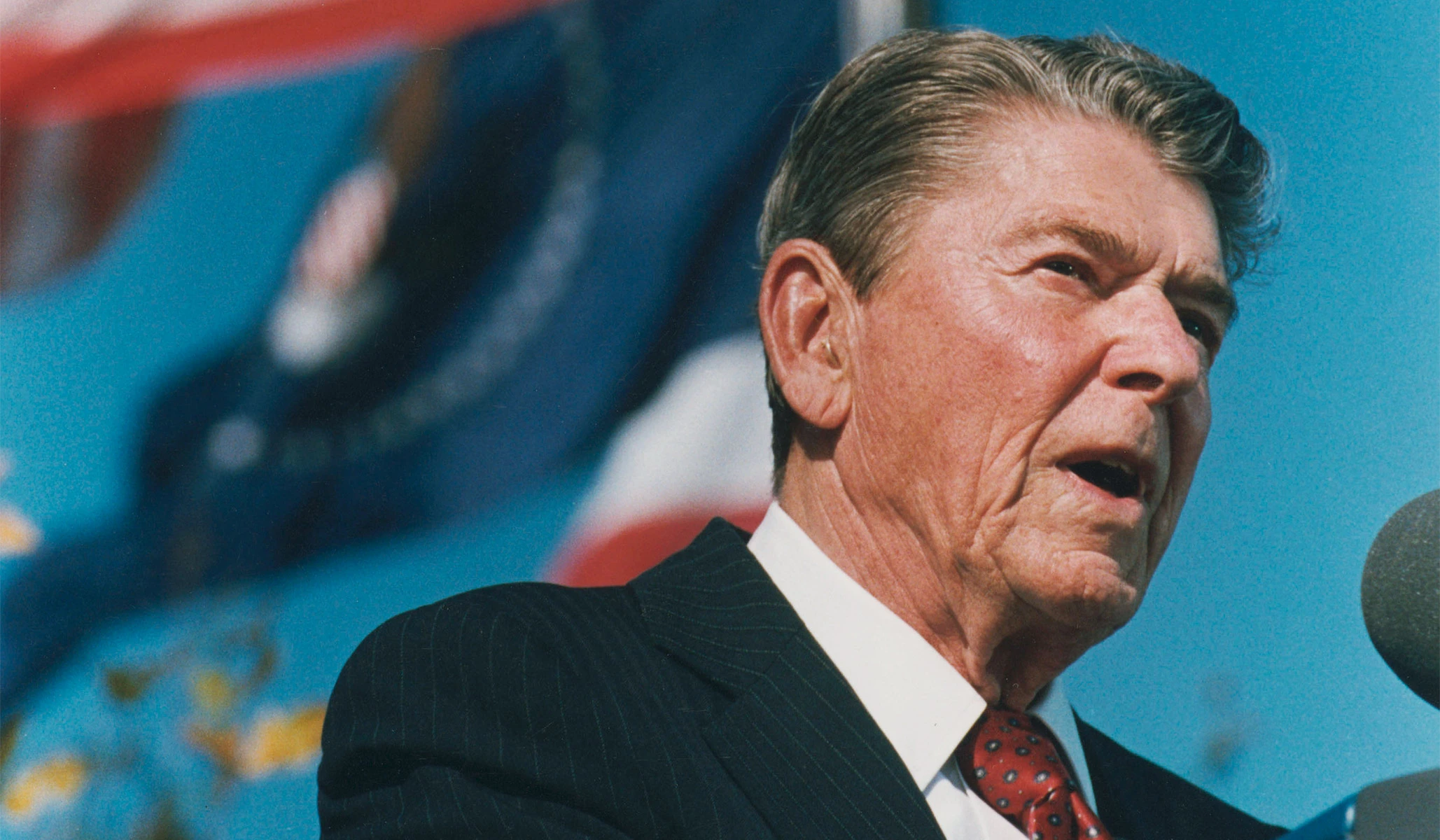Ronald Reagan’s first inaugural message as governor of California on January 5, 1967, addressed recurring problems throughout history. His speech covered crime, welfare reform, education, radicalism on campus, lower taxes, and fiscal discipline. He viewed these individual issues as aspects of the general relationship between government and the people. Reagan believed the American government was not omnipotent and that the Founders did not intend for it to lord over subjects. Instead, they wanted the law to reflect the consensus of self-governed citizens. Reagan saw public officials as intermediaries between voters and government, whose job is to keep government in check. Government should lead but not rule, listen but not lecture.
Reagan’s “Creative Society” slogan reflected his belief that government officials represent taxpayers and must ensure that “no permanent structure of government ever encroaches on freedom.” The tasks of office include fulfilling the basic duties of government, such as the rule of law, administration of justice, and national defense, as well as removing obstacles to human flourishing. He restated these themes in his first presidential inaugural address and distanced himself from extreme libertarianism. Reagan believed that government can and must provide opportunity, foster productivity, and not smother it.
Reagan’s supply-side economic agenda aimed to remove barriers to work, savings, and investment and generate economic growth through innovation. He believed that progress was connected to a public commitment to human freedom. Government’s purpose was not found in remaking human nature or in divvying up resources and honors among groups. It was found in acts of self-restraint that gave space to individuals to better their condition.
To revive the supply-side agenda, the conservative Right must map out the topography of the Creative Society in the 21st century. Spending restraint and monetary sanity would end inflation and restore price stability. Deregulation would take precedence over further tax cuts. The permitting process would be streamlined. The federal government would open more properties to oil and gas exploration and development. An all-of-government effort would promote nuclear power and enhancements to the electric grid. Research and development on hard sciences and applied engineering would increase, and the grant-making process would be made easier.
The federal government would search for ways to copy or to promote state-level workforce initiatives that abolish occupational licensing or incentivize new home construction. Immigration levels must be regularized, and protectionist measures that contribute to inflation and harm relationships with strategic allies would be repealed.
The winning Republican or conservative candidate must be able to situate these policy particulars in a larger concept of the American future. That concept would put hardware over software and national pride over group loyalty. And it would drive home the idea that traditional social practices are the bedrock of prosperity and peace. Reagan’s “Creative Society” is not a retreat into the past, but rather taking the dream that gave birth to this nation and updating it for the 20th century. It is a good dream and worthy of our generation.

